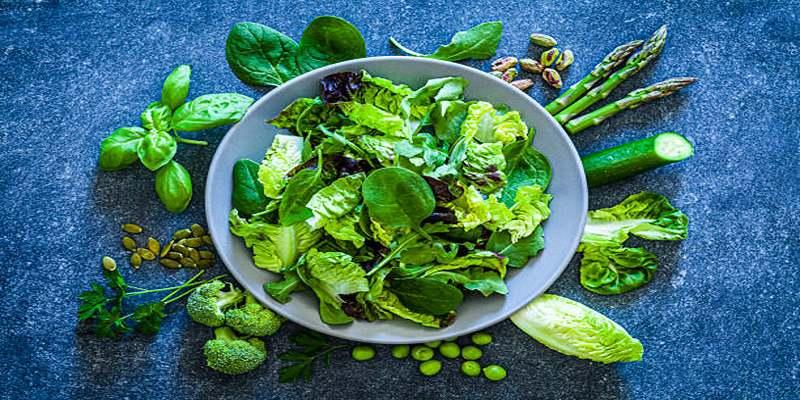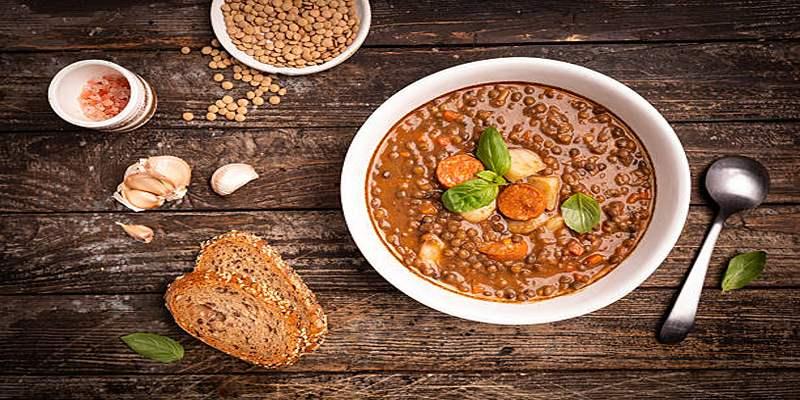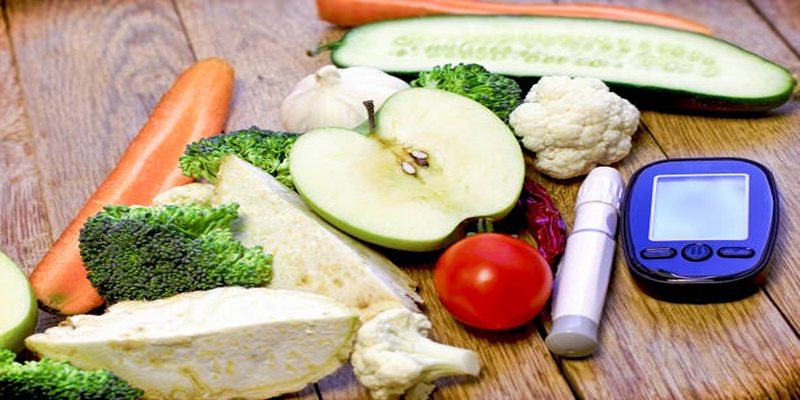Managing diabetes involves making informed dietary choices to help regulate blood sugar levels and promote overall health. Incorporating nutrient-dense, low-glycemic foods into your meals can make a significant difference. Below are four diabetes-friendly foods that not only support glucose control but also provide essential nutrients to fuel your body and maintain your well-being.
1. Leafy Greens: Nutrient-Rich and Low in Carbohydrates

Spinach, kale, and collard greens are all good sources of vitamins, minerals, and antioxidants, but they are not rich in calories or digestible carbohydrates. These characteristics render them suitable to people with blood sugar levels.
- Blood Sugar Benefits: Leafy greens are high in fiber, which slows down the absorption of sugar in the bloodstream. This reduces post-meal glucose spikes. Additionally, they contain magnesium, which may help improve insulin function and support metabolic health.
- Versatile in Meals: Whether added to salads, blended into smoothies, or sautéed with a touch of olive oil, leafy greens are easy to incorporate. Pair them with a lean protein or whole grains to create balanced meals that satisfy without overwhelming your system.
Best Picks:
- Spinach
- Swiss chard
- Mustard greens
- Arugula
Regular inclusion of these vegetables supports stable energy levels and adds important nutrients without adding excess sugar.
2. Berries: Sweet, Antioxidant-Packed, and Blood Sugar Friendly
Often thought of as too sweet for diabetes, berries are actually one of the best fruits for blood sugar control when consumed in moderation. They’re packed with fiber and antioxidants while being relatively low in natural sugars compared to other fruits.
Why Berries Are Unique:
Unlike processed sweets, berries provide polyphenols—plant compounds that may reduce oxidative stress and inflammation. These compounds also have a positive impact on insulin response. The high fiber content helps slow down sugar absorption, making berries a smart choice for satisfying sweet cravings without blood sugar spikes.
Serving Ideas:
- Add a handful of berries to Greek yogurt for a high-protein snack
- Mix them into oatmeal for a naturally sweet breakfast
- Enjoy them fresh as a dessert substitute
Top Choices for Glycemic Control:
- Blueberries: Packed with antioxidants and nutrients, blueberries are not just delicious but also a powerhouse for boosting brain health and supporting your immune system.
- Strawberries: Sweet, juicy, and vibrant, strawberries are rich in vitamin C, fiber, and antioxidants, making them a perfect choice for a healthy snack or dessert.
- Raspberries: With their tart flavor and delicate texture, raspberries provide an excellent source of vitamins, minerals, and dietary fiber, promoting overall wellness.
- Blackberries: Bold and flavorful, blackberries are loaded with vitamins, antioxidants, and phytochemicals, supporting heart health and enhancing your daily nutrition.Portion control remains important. A small serving (about half a cup) can provide health benefits without disrupting glucose levels.
3. Chia Seeds: Fiber-Packed Seeds with a Low Glycemic Index
Chia seeds may be tiny, but they pack a nutritional punch that’s particularly beneficial for those with diabetes. Their standout feature is their exceptionally high fiber content—especially soluble fiber—which plays a key role in stabilizing blood glucose.
What Makes Chia Seeds Ideal:
When mixed with liquid, chia seeds form a gel-like consistency that slows digestion and the release of sugars into the bloodstream. This helps reduce insulin spikes after eating. They also contain omega-3 fatty acids and protein, which support heart health and promote satiety.
Simple Ways to Include Them:
- Add a nutritious boost to your breakfast by stirring chia seeds into oatmeal or yogurt. Not only will they enhance the texture, but they’ll also provide a rich source of fiber, protein, and omega-3 fatty acids to start your day off right.
- Create a creamy, delicious chia pudding by soaking the seeds in your favorite milk or milk alternative overnight. Sweeten the pudding with honey or maple syrup and top it with fruits or nuts for a wholesome and satisfying treat.
- Elevate your meals by sprinkling chia seeds over salads or smoothie bowls. Their subtle crunch and nutrient-packed punch make them the perfect garnish to enrich both the flavor and health benefits of your dishes..
A tablespoon or two daily is usually enough to gain the benefits without overwhelming your digestive system. Always drink plenty of water when consuming chia seeds to support digestion.
4. Lentils: A Plant-Based Protein Powerhouse

Lentils are a staple in many cultures, and for good reason. They are rich in fiber, protein, and slow-digesting carbohydrates, making them an excellent choice for blood sugar management.
Why Lentils Stand Out:
The high fiber content in lentils helps improve glycemic control by slowing down carbohydrate absorption. Additionally, their protein content helps maintain muscle mass and reduces hunger, which is beneficial for maintaining a healthy weight—a key factor in diabetes management.
Nutritional Advantages:
- Helps maintain stable blood sugar levels with a low glycemic index, making it a great choice for sustained energy throughout the day.
- Packed with essential nutrients like folate, magnesium, and iron, supporting overall health and well-being, including better red blood cell production and muscle function.
- Promotes long-lasting satiety, keeping you fuller for longer and helping manage hunger effectively, making it ideal for a balanced, mindful diet.
Easy Meal Ideas:
- Whip up a comforting and hearty lentil soup by simmering lentils with fresh vegetables, aromatic spices, and flavorful herbs. It's perfect for chilly evenings or when you're craving something wholesome and satisfying.
- Toss cooked lentils into your salads for an easy protein boost. Whether it’s a leafy green salad or a grain-based bowl, lentils add a deliciously nutty flavor and a satisfying texture that keeps you full longer.
- Pair lentils with brown rice or quinoa to create a complete, plant-based meal packed with nutrients. Add your favorite seasonings, veggies, or even a zesty dressing to make it your own.
Not only are lentils incredibly versatile and easy to cook, but they’re also a powerhouse of nutrition, rich in fiber, protein, and essential minerals. They support digestive health, promote heart health, and keep you energized throughout the day. Plus, dried lentils can be stored for months, making them a convenient, budget-friendly pantry staple you’ll always want to keep on hand.
Conclusion:
Living with diabetes doesn’t mean food must be bland or overly limited. By choosing smart, whole-food options like leafy greens, berries, chia seeds, and lentils, you can enjoy flavorful meals that work with your body rather than against it. When building meals, aim for variety, balance, and moderation. Include lean proteins, fiber-rich carbohydrates, and healthy fats. Monitor your blood sugar response to different foods, and stay consistent with hydration and physical activity.












